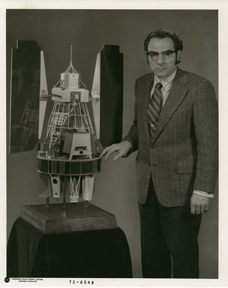[Source: USGS Landsat]

It was the first Earth-observing satellite to be launched with the specific intent to study and monitor our planet’s landmasses. Landsat 1 had a minimum design life of 1 year and carried two instruments: the Multispectral Scanner System (MSS) and the Return Beam Vidicon (RBV) camera. The RBV was supposed to be the prime instrument, but the MSS data were found to be far superior. Landsat 1 acquired over 150,000 MSS scenes from around the world and was decommission on January 6, 1978, outliving its design life by five years. Since 1975 seven more Landsat launches (Landsat 6 failed to reach orbit) have taken place with the most recent, Landsat 8, being launched on February 11, 2013. Landsat 9 is scheduled for launch in Dec 2020.
To date, the Landsat Program has archived over 7 million scenes and represents the world’s longest continuous remotely sensed global record of the Earth’s surface. The data collected provide essential information to help land managers and policymakers make informed decisions about our natural resources and environment.
To mark this occasion we will be sharing daily Landsat related facts, trivia and images using #Landsat45 during the month of July. Follow us to join in the celebration:
TwitterUSGS Landsat: @USGSLandsat
NASA Landsat: @NASA_Landsat
FacebookUSGS: https://www.facebook.com/USGeologicalSurvey
NASA Landsat: https://www.facebook.com/NASA.Landsat

Be Part of What’s Next: Emerging Applications of Landsat at AGU24
Anyone making innovative use of Landsat data to meet societal needs today and during coming decades is encouraged to submit and abstract for the upcoming “Emerging Science Applications of Landsat” session at AGU24.





